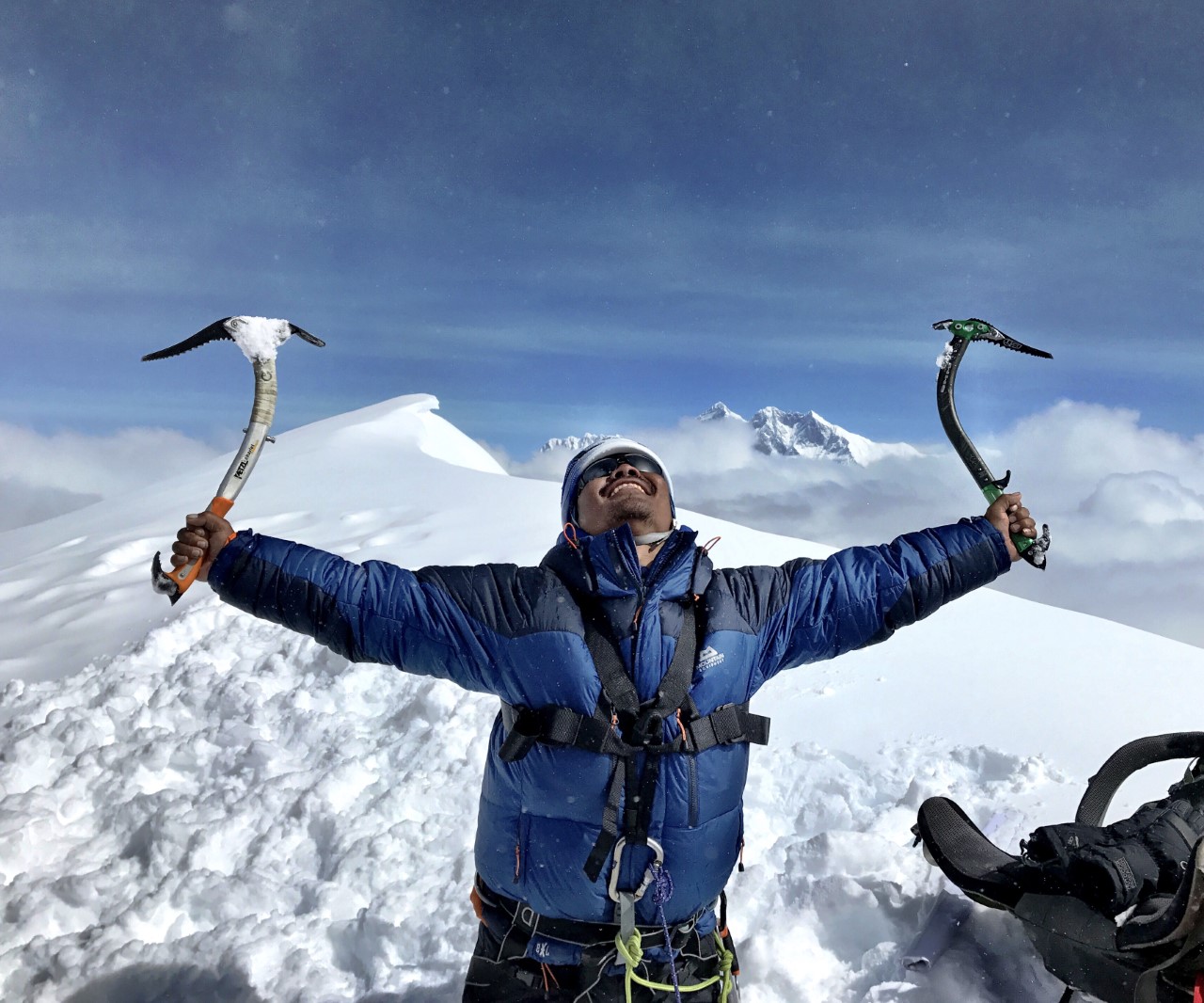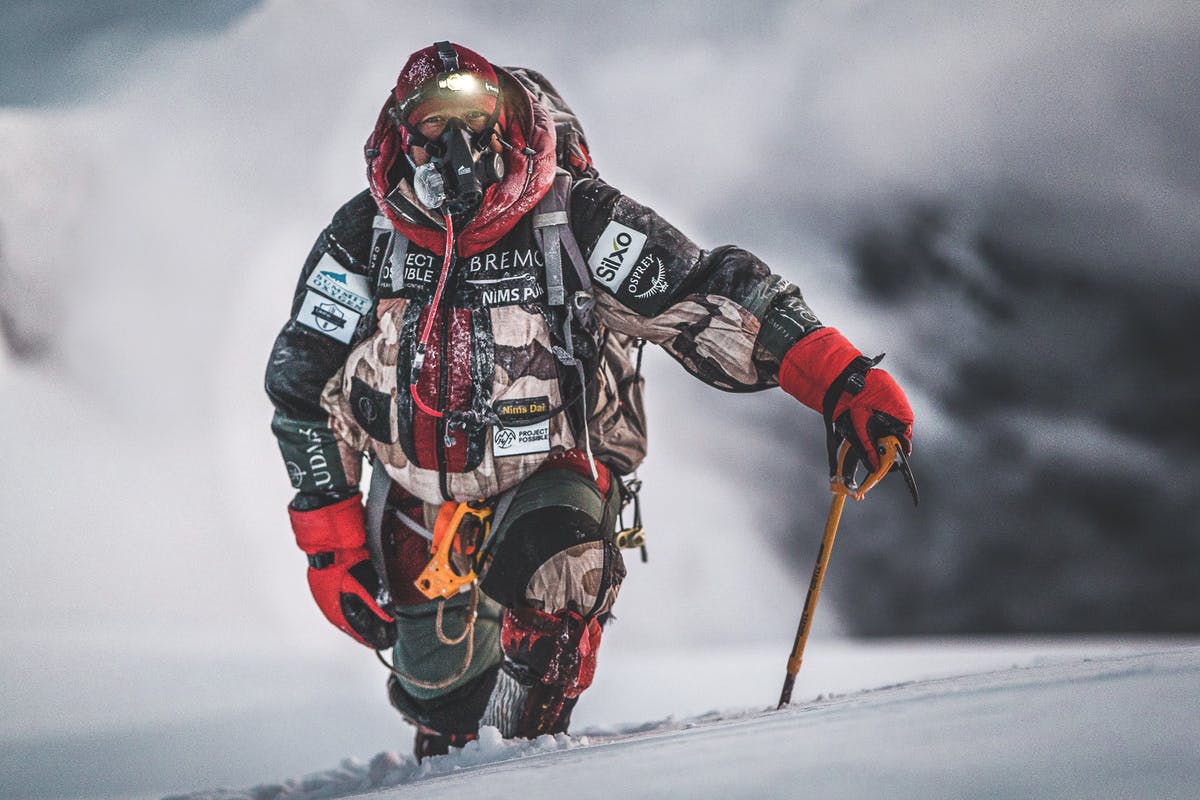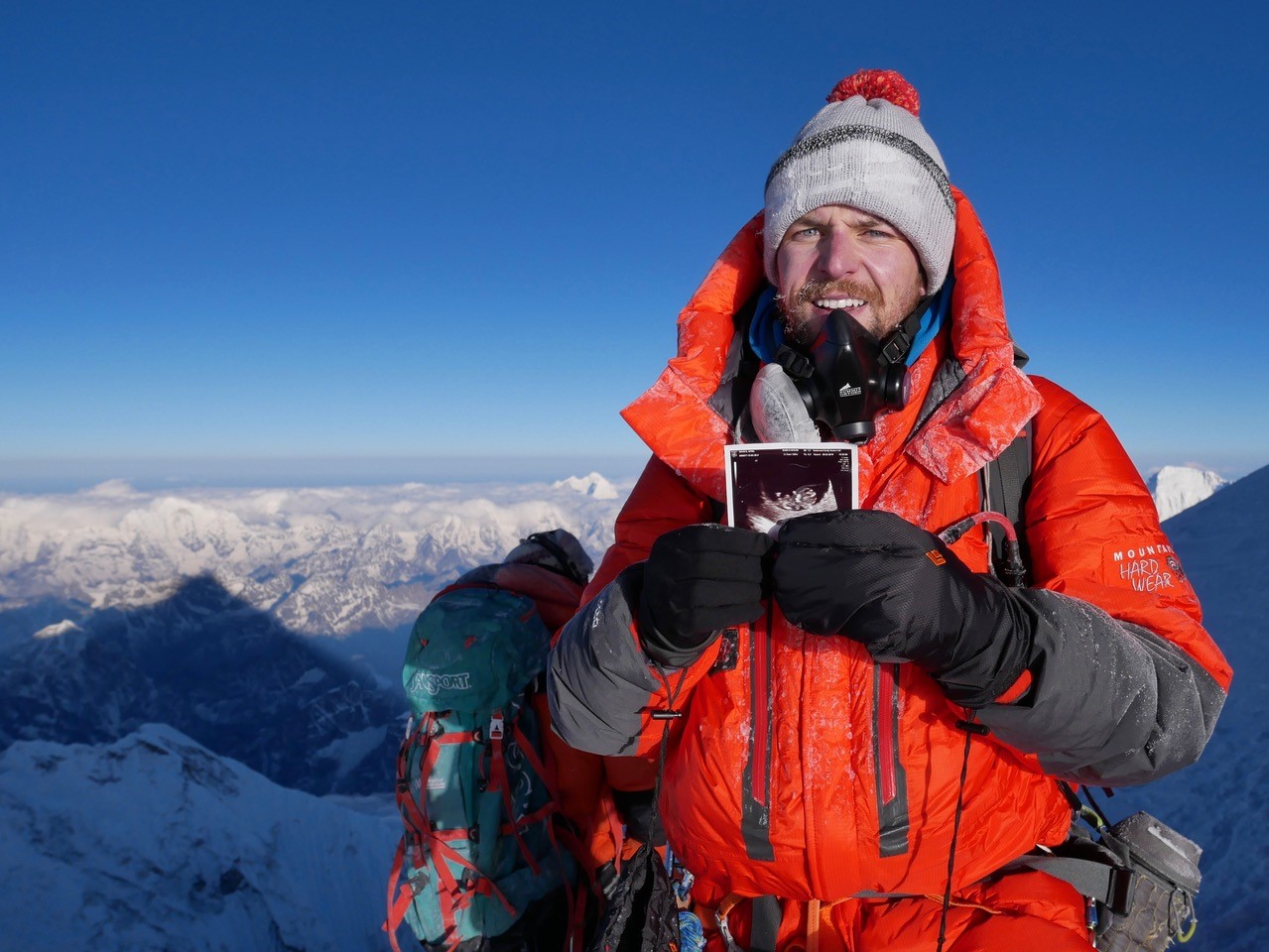Tales from the Mountains
Nepal is home to one of the most spectacular mountain ranges in the world, so it is perhaps unsurprising that Gurkha association with mountaineering runs deep in its veins. Two of the earliest attempts to summit Mount Everest were led by a British Gurkha Officer, Brigadier-General Charles Bruce, of 6th Gurkha Rifles, back in 1922 and 1924. Both expeditions were supported by Gurkhas and Nepalese porters, and although ultimately unsuccessful, marked an early association between Gurkhas and Everest. The Army Mountaineering Association was formed in 1957 however the British Army can trace its links to mountaineering much further back than then. The Army were closely involved in many climbing initiatives from the early 1900’s, which included a strong involvement in the large pre-World War Two reconnaissance expeditions to Everest. During the Second World War, the British Army fielded a Division of Mountain Trained troops, and by 1957 the Army had mounted a number of successful expeditions around the world, including Lieutenant James Waller’s and Lieutenant John Hunt’s trip to climb K36 (Saltoro Kangri) in Baltistan. Lieutenant (later Colonel and Lord) Hunt would subsequently become the successful leader of the 1953 Everest expedition.
Many Gurkhas have gone to do incredible things on the mountains, inspired by their homeland, ancestors, and military counterparts before them. In this exhibition we highlight some of the most incredible individuals past and present who pushed themselves and achieved great things on the mountains. With all of our online exhibitions we are delighted to share this free of charge. If you can give a donation to support the Museum and help us continue celebrating, honouring, and promoting the Gurkha soldier and his service to Britain, we would be very grateful.




